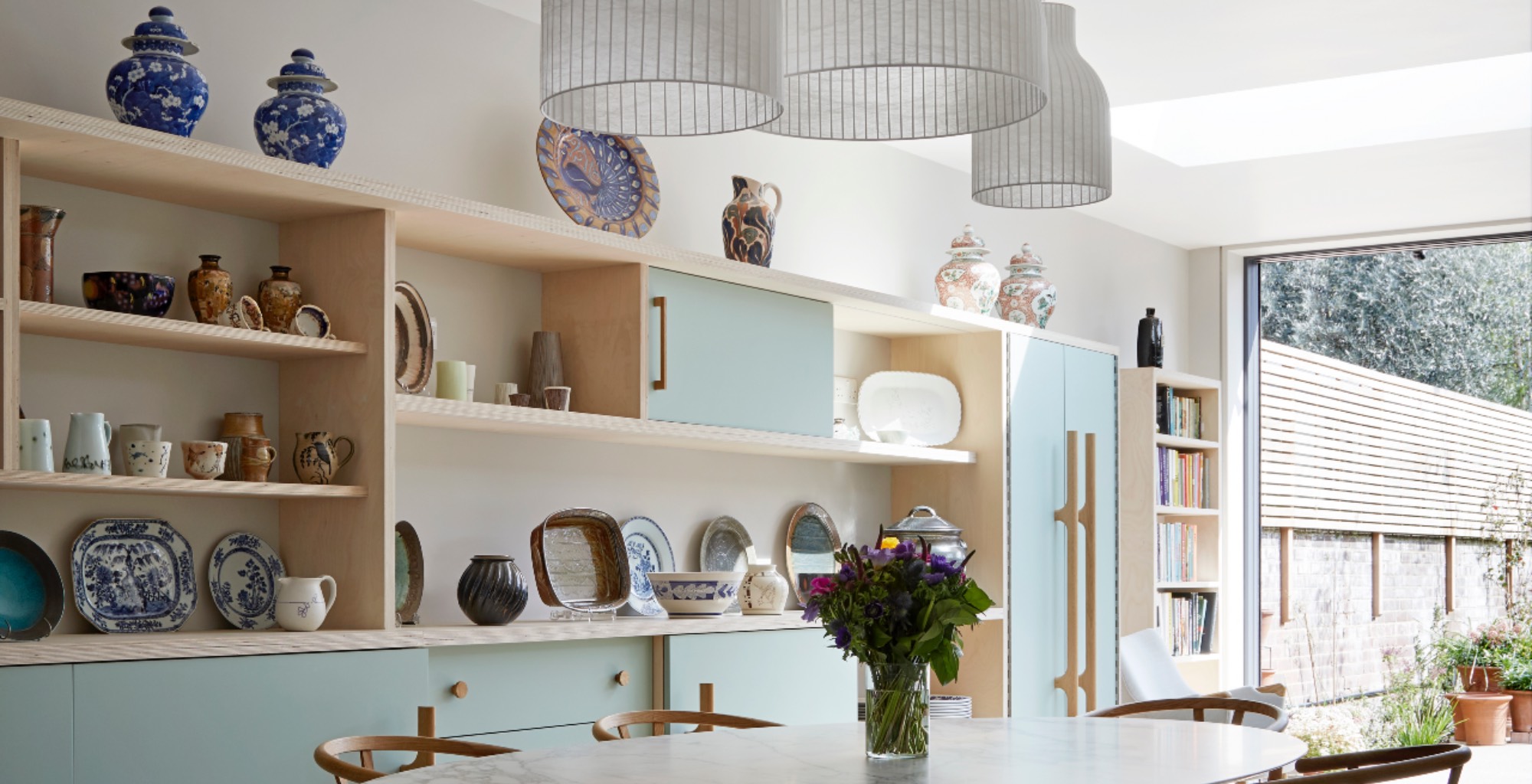We recently spoke with local Interior Designer Sacha Kemp-Potter to explore how to light your home, the process of lighting your home, what techniques to use and what is important to consider when designing your lighting layout.
Top tips on how to light your home:
1. Lighting is practical but also atmospheric
In multifunctional homes, you need different types of light at different times of the day for different moods and tasks so you need to be clever about lighting. Lighting can transform a space, create ambience and feeling of intimacy.
We light our home for practical reasons so we can read and do tasks but with light you can also create illusion and art. Architects and Interior Designers design lighting in layers with multiple light sources and which can make a room flexible, versatile and add atmosphere.
Lighting levels can also be adjusted depending what’s happening in your home. On a winters night when you are cooking, cleaning and tiding you’ll need practical task lighting so you can see exactly what you are doing. Cooking requires concentrated lighting, bright down lighters and recess lighting are useful in the kitchen. But once your guests arrive, switch off the ceiling downlight or at least dim them and rely on the feature pendant lights which will create a sense of drama and give a more intimate light to create the right atmosphere.
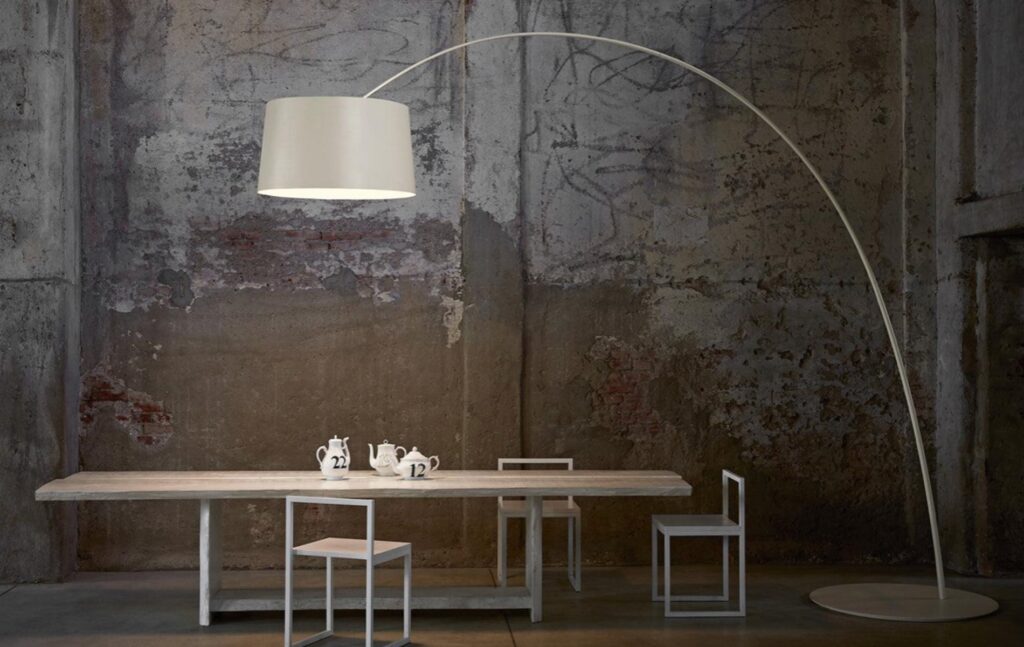
2. Plan the lighting layout
Whether you are refurbishing your home, or planning a large building project lighting should never be overlooked. Lighting is essential to making a home feel complete and on a building project should be drawn up in the early stages and meticulously planned to avoid chasing cables into finished walls and rewiring. As an interior designer I would provide my clients with a reflected ceiling plan. This will show all the positions, wiring and switching off each light. For most rooms I would have 3 or 4 levels of lighting which are all independently switched;
1 – Ceiling downlights
2 – Pendants
3 – Low level floor and table lights – plugged into 5-amp sockets and turned off at the wall.
4 – Wall lights
Often you may want the same light source switched at 1 or 2 points, turn the hall light on by the front door and off at the top of the stairs. A bedside wall light may be switched at the bedroom door and also beside the bed. When setting out the lights on a plan make sure the layout is as symmetrical as possible. In a sitting room always try and line a pendant light up with either the centre of the room or centre it to the fireplace if the room is not symmetrical. When over a dining table or kitchen island centre it above the piece of furniture, a statement pendant light needs its position to carefully planned.
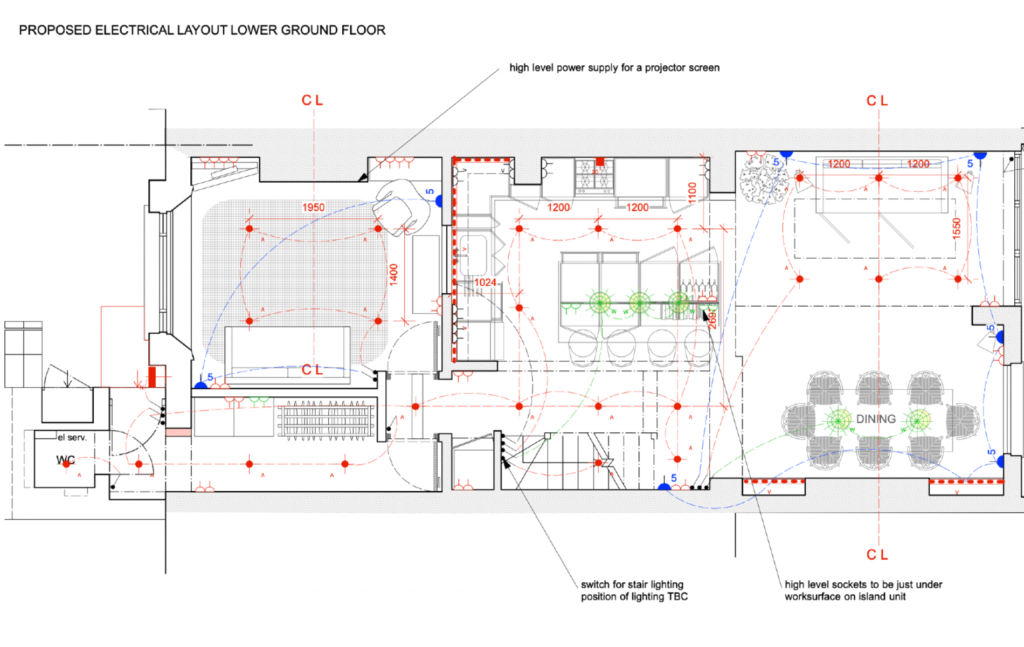
3. Think about being energy efficient
With winter not far away and the energy market as it is, energy efficiency should be considered for more frequently used lights. LEDs are the most long lasting, affordable and energy-efficient bulbs available. They use 90% less energy than traditional bulbs. Halogen lights last approx 3,000 hours. CFL bulbs 10,000 hours. LED’s 50,000 hours.
You should also consider the hue of the bulb, choose warm white instead of a cool blue white and the bulb will completely change the look of a light and the feel of the room. Dimmers are also a great way to change the atmosphere and warmth of a room and they are energy saving but not all bulbs can be dimmed, so check with the supplier, also if a light is switched at 2 separate points it cannot be dimmed, your electrician should be able to advise.
4. Play with scale and levels
Always take a layered approach to lighting with different light sources across different levels to create ambience and interest in a room. Use lighting to make the most of a rooms size and shape, low hung pendants will create an illusion of height and clusters of lighting make large rooms feel cosier. Create zones within a larger room using a few key pieces of furniture and bringing them together with a rug and light source. You can mix lighting styles, but make sure there is some continuity, for example choose the same table lamps throughout a large room.
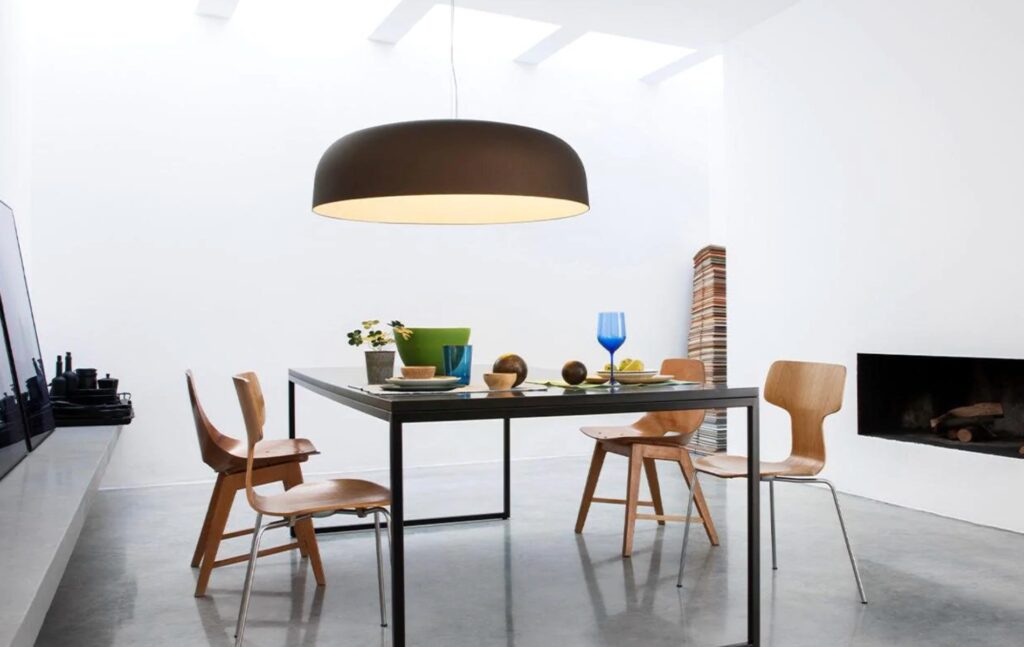
5. Lighting to highlight your home
Wall lights and pivoting ceiling down-lighters work well for highlighting features in the room like artwork or artefacts. But floor lamps and table lamps can also be used in the same way to bring focus to a zone in the room, they can make a room feel cosy and are great for reading. Also look at lighting staircases to pick up the treads and risers or highlight the handrail.
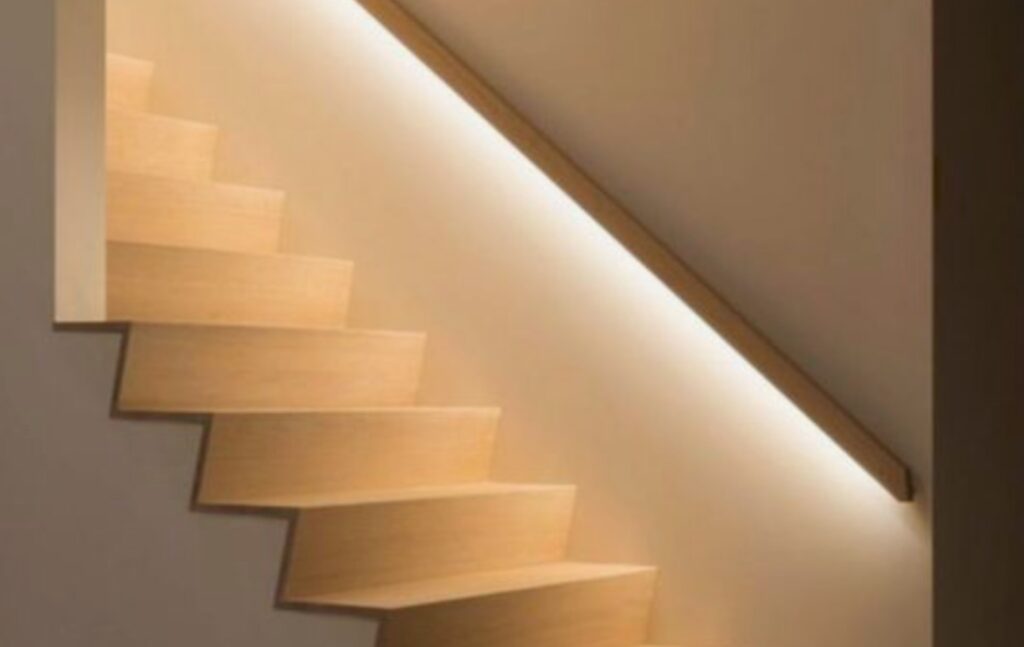
6. Don’t install too many ceiling downlights
Don’t put too many ceiling downlights into your home, this is a mistake that developers often make. There are also many styles of ceiling downlight you can buy, in my option the most discreet and elegant are the recessed fittings that are trimless and plastered into the ceiling, the bulb set back so that you only see a beautiful recess rather than metal or white disks all over the ceiling.
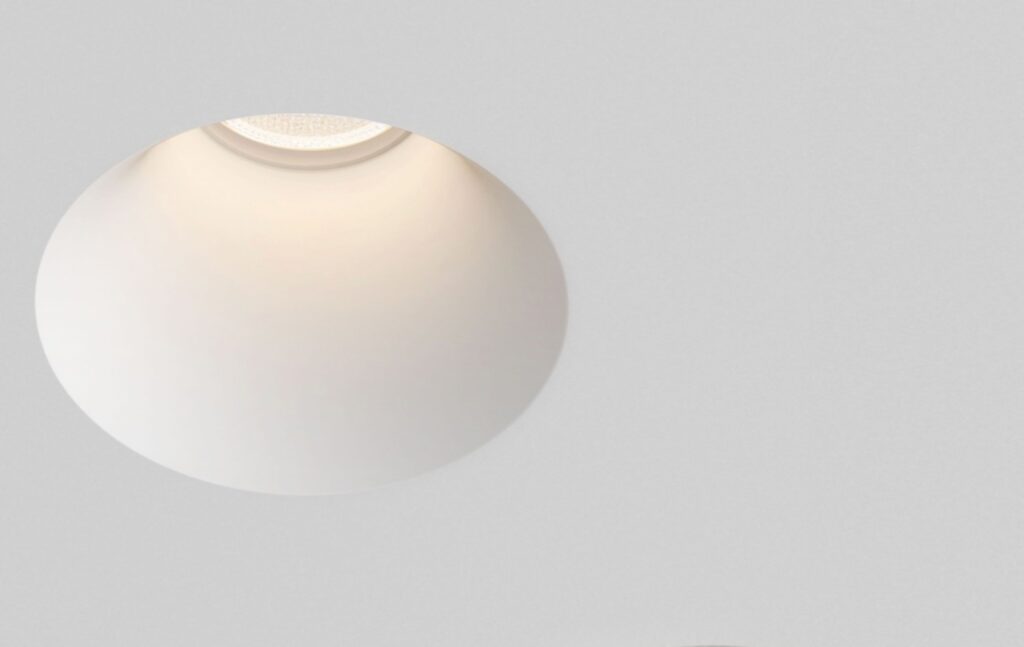
7. Night lighting
Motion sensors can be installed for the front door, hallway or bathrooms for use at night. Or some low lighting which is switched separately in a bathroom that can stay on all night so you are not scrabbling around in the dark. Consider a dimmable hall light that can stay when you’ve gone to bed but gives enough light for your teenagers when they come home late.
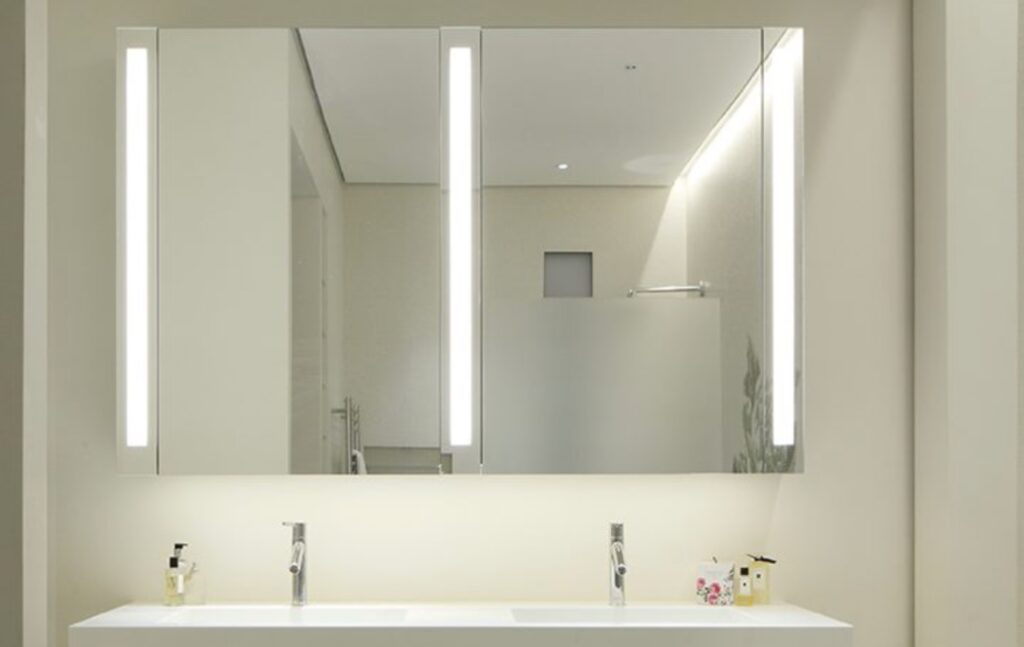
8. Additional hidden lighting
LED strip lighting inside wardrobe doors with magnetic catches which means the lights go on an off when the door opens, nothing better than being able to see exactly what’s in the cupboard on a dark winters morning. Or when planning on how to light your home consider LED strip under cupboards or along the underside of a shelf to light books or ornaments and make a feature of them.
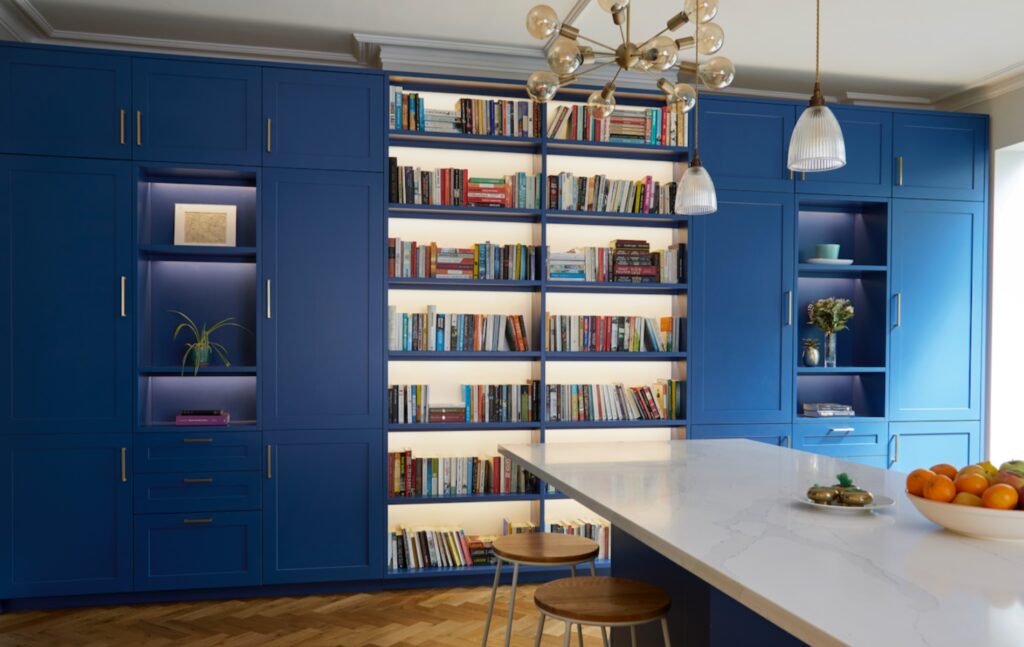
9. Create a focus point when thinking about how to light your home
Pendants can be a statement piece above a kitchen island or dining table, the light source is directed down onto the surface and it functions as task lighting or can be dimmed to create a feeling of intimacy at night. When choosing a pendant light over the kitchen island, have something that is hardwearing and easily cleaned so that it’s not damaged by the cooking grease.
Clever lighting is imperative and if you are working on an entire renovation, plan how to light your home carefully with the architect to interior designer, with so many layers of lighting it is essential to have detailed drawings before the walls are plastered and painted, and clear plan of how you want to light your home.
Speak to us today
As always, if you would like to discuss any property related matters our team is available to talk, without obligation. Contact us to explore your plans to sell, let, rent or buy property in West London.
